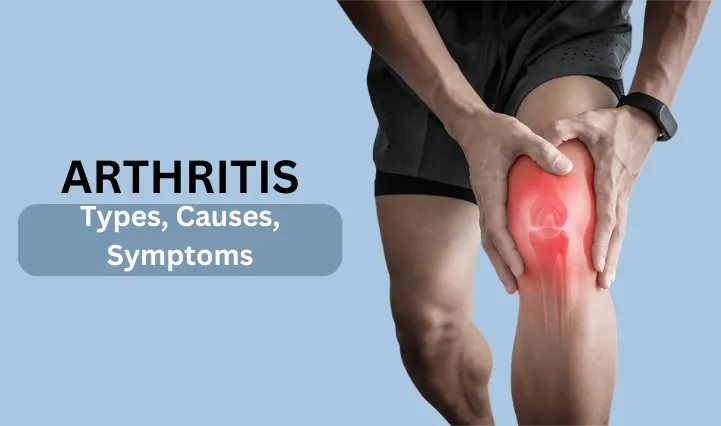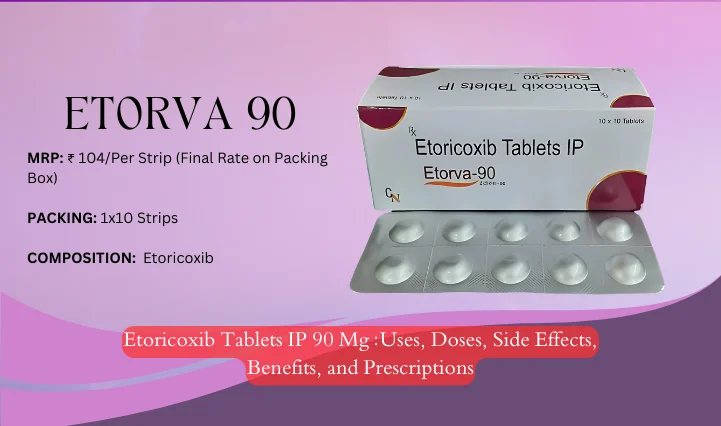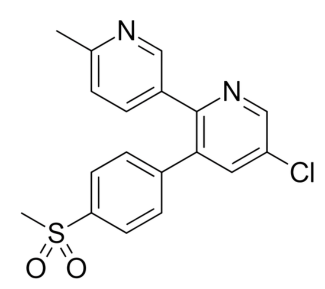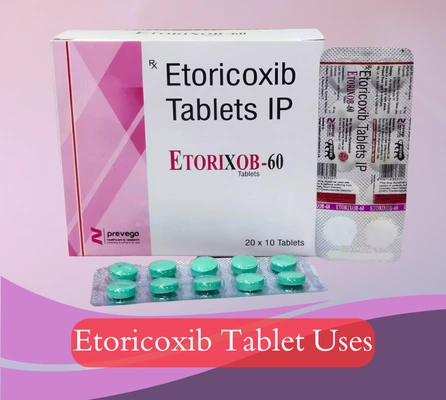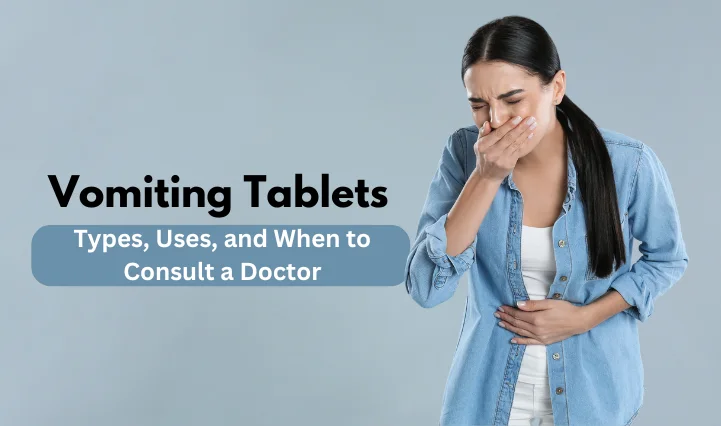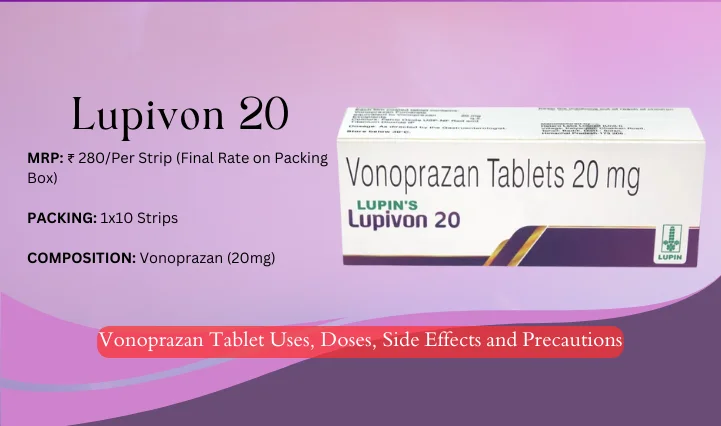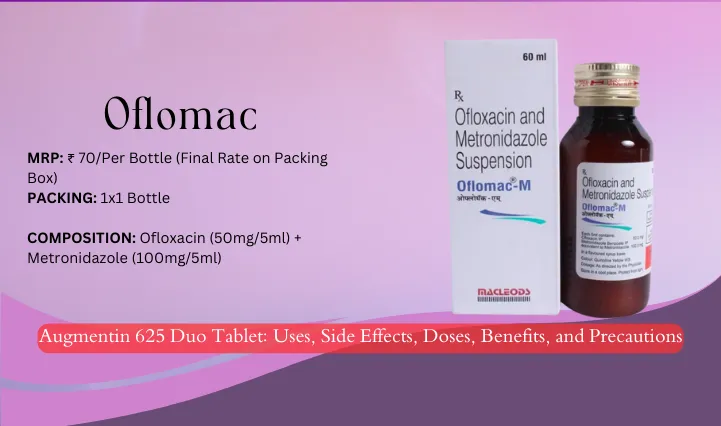Itraconazole capsules are used to treat patients who have serious fungal or yeast infections. This is a prescription medication and can’t be bought without a prescription. The medication is sold both as a capsule and a solution. This medication may not be suitable for everyone. Tell your doctor about any allergies you may have before taking this medication.
Itraconazole Uses
It treats yeast and fungal infections. It is a prescription medication that may not be suitable for everyone. Itraconazole is a broad-spectrum medication and is approved for use in the following diseases:
- Blastomycosis,
- Sporotrichosis,
- Histoplasmosis,
- Onychomycosis
This medication is not suitable for the use of treatment of infections that affect the central nervous system.
Itraconazole Capsules Doses
This medication’s doses and effects can vary from brand to brand. It is important to get the medication from the brand that your doctor has prescribed. Below is the recommended dosage from the most widely used Itraconazole Capsules.
Further, the dose will depend on every individual case. The amount of medication will depend upon the strength of the medication. If your dosage is different from the one in the table, don’t change it according to the table. The dosage given here are generic guidelines about the medication. Follow your doctor’s advice about this medication.
| Infection | Medication Brand | Dosage | Adult/Children |
| Aspergillosis | Sporanox® | 200 to 400 milligrams (mg) per day | Adult (The dosage needs to be determined by the doctor in the case of children) |
| Tolsura™ | 130 mg (two capsules) once or 2 times a day | Adult (The dosage needs to be determined by the doctor in the case of children) | |
| Blastomycosis or Histoplasmosis | Sporanox® | 200 milligrams (mg) (two capsules) once a day | Adult (The dosage needs to be determined by the doctor in the case of children) |
| Tolsura™ | 130 mg (two capsules) once a day | Adult (The dosage needs to be determined by the doctor in the case of children) |
Itraconazole Missed Dose
It would be best to call your doctor or pharmacist if you miss a dose.
What are Itraconazole Side Effects?
Itraconazole is a strong medication and is known to have the following side effects:
- Diarrhea
- Dizziness
- Itching
- Liver damage
- Headache
- Nausea
- Stomach pain
- Fever
- Impotence
- Loss of appetite
- Tiredness
- An unpleasant aftertaste
- Double vision
- Irregular breathing
- Hair loss
- Menstrual changes
- Swelling
- Constipation
- Cracks in the skin
- Decreased libido
- Depression
- Hearing loss
- Arthralgia
- Nausea, vomiting, diarrhea and constipation
Itraconazole Capsules Interactions
It is strongly recommended that you discuss all the medications that you are taking with your healthcare provider when the doctor prescribes Itraconazole. Do not take this medication if you are taking any of the following medications. These medications are –
- Dihydroergotamine
- Disopyramide
- Dofetilide
- Dronedarone
- Eletriptan
- Eliglustat
- Eplerenone
- Ergoloid Mesylates
- Ergonovine
- Ergotamine
- Felodipine
- Fesoterodine
- Finerenone
- Flibanserin
- Fluconazole
- Gepirone
- Irinotecan
- Irinotecan Liposome
- Isavuconazonium Sulfate
- Ivabradine
- Ketoconazole
- Levoketoconazole
- Lisuride
- Lomitapide
- Lonafarnib
- Lovastatin
- Lurasidone
- Mavacamten
- Mesoridazine
- Metergoline
- Alfuzosin
- Alprazolam
- Astemizole
- Atazanavir
- Avanafil
- Bepridil
- Bromocriptine
- Cisapride
- Colchicine
- Conivaptan
Further, this medication may not be suitable for you if you have the following medical conditions. Some of these conditions are –
- Chronic obstructive pulmonary disease (COPD)
- Edema (body swelling or fluid retention)
- Heart attack or any kind of heart disease
- Elevated liver enzymes
- Kidney disease
This medication can make this condition worse.
This medication should not be taken along with alcohol or tobacco. Further, this medication may interact with certain foods and drinks as well. Discuss with your doctor before taking this medication.
Itraconazole Storage
The medication should be stored in a cool dry place and away from direct sunlight. Do not freeze the medication. Keep it out of the reach of children.
Itraconazole Precautions
There are a few important precautions that need to be kept in mind before starting on this medication. Some of these things are as follows:
- Read the patient information on the leaflet and ask your doctor if you have any questions.
- Stick to the duration and the dosage prescribed by the doctor. Take the medication at the same time each day.
- This medication can hurt pregnant women or women planning on getting pregnant. Make sure that your doctor knows about this before starting treatment with this medication.
- Inform your doctor in case you become pregnant while taking this medication.
- Contact your doctor if you are feeling any chest pain, tightness, decreased urine output, dilated neck veins, extreme fatigue, irregular breathing, an irregular heartbeat, swelling of the face, fingers, feet, or lower legs, trouble breathing, or weight gain. You need to visit your doctor as soon as possible with these symptoms as they are symptoms of congestive heart failure.
- In rare cases, it can also cause liver problems, nerve problems, or issues with hearing.
- Do not drive after taking this medication.
- Do not take any additional medication before discussing it with your doctor.
Frequently Asked Questions
Ans. People sometimes use it to treat skin infections, including dandruff.
Ans. Yes, it is sometimes prescribed for the treatment of ringworms in adults and not children or senior citizens.
Ans. Yes, it is used sometimes for off-label use to treat fungal infections in dogs.
Ans. Yes, it can cause hair loss in rare cases.
Disclaimer: The information on this blog is strictly for informational purposes. It is not a substitute for professional medical advice. Please consult your doctor before taking any medication.



